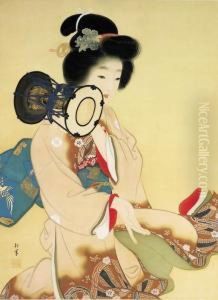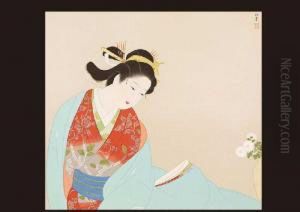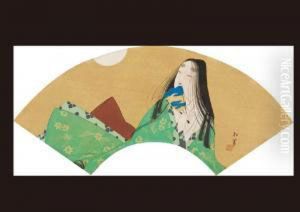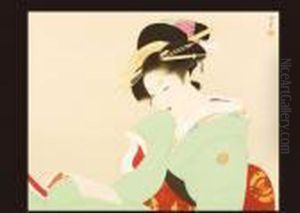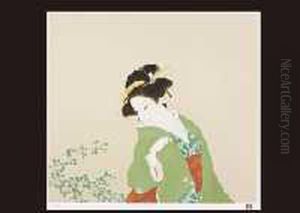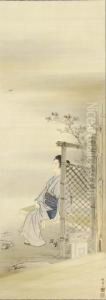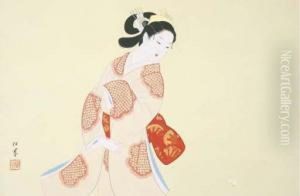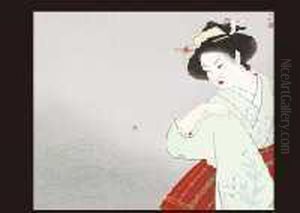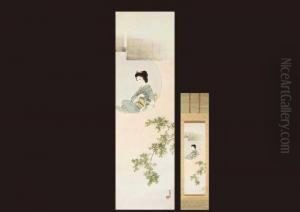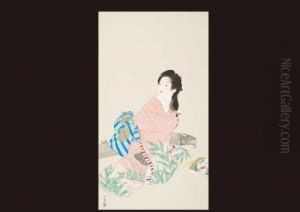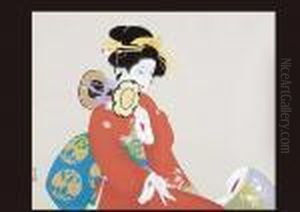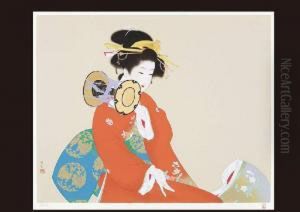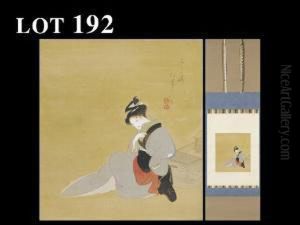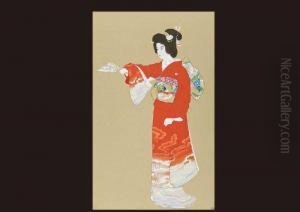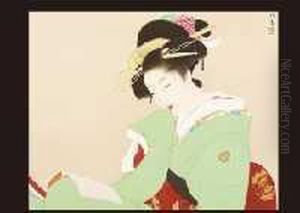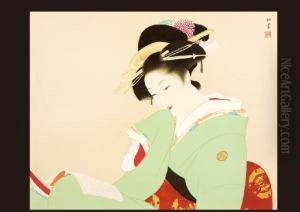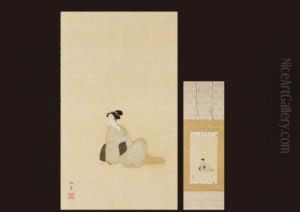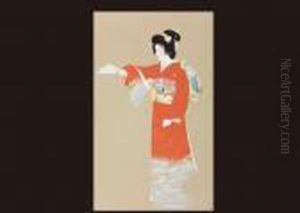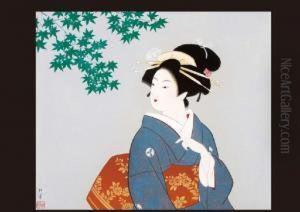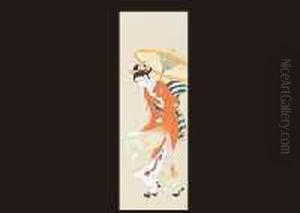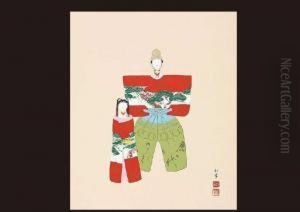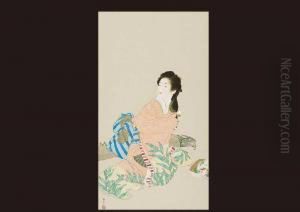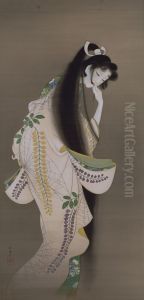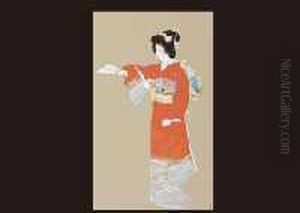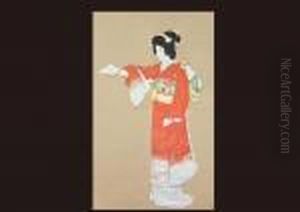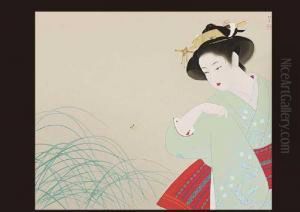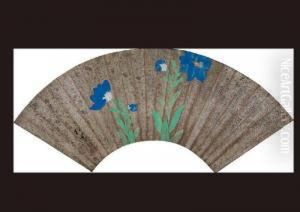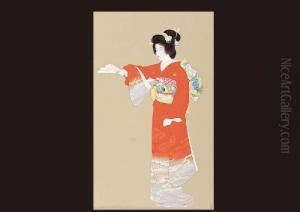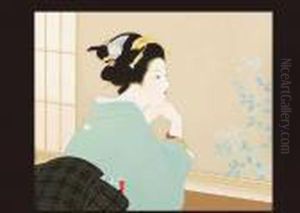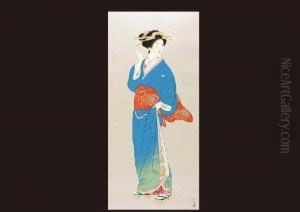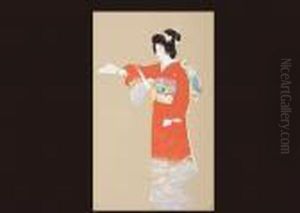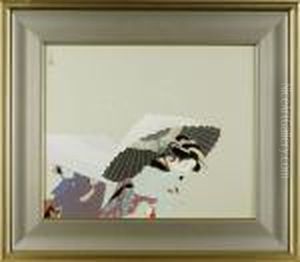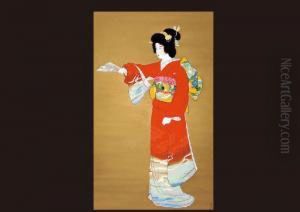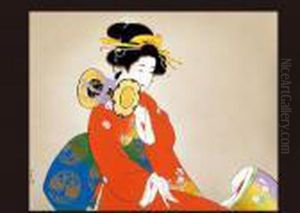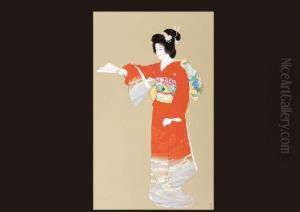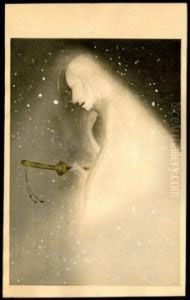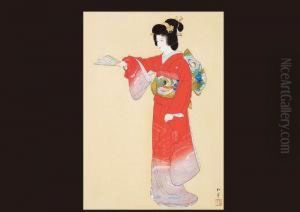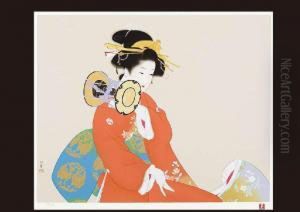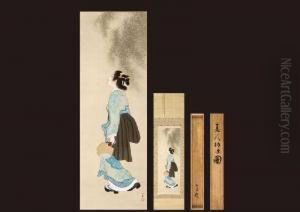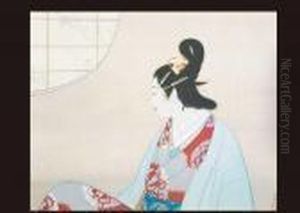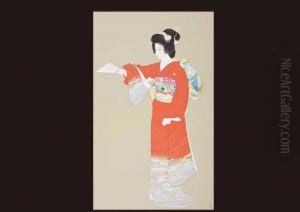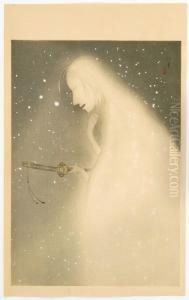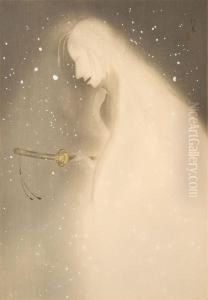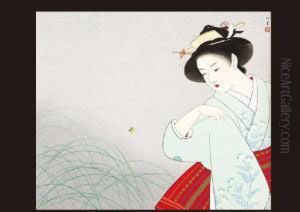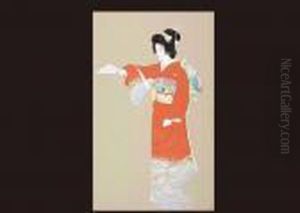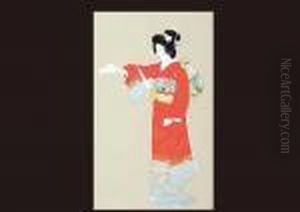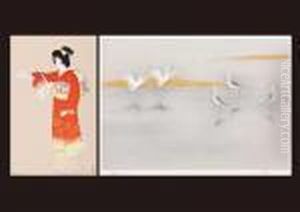Uemura Shoen Paintings
Uemura Shoen was an important figure in modern Japanese painting, renowned for her bijinga, which are paintings of beautiful women. Born as Tsune Uemura on April 23, 1875, in Kyoto, Japan, Shoen was influenced by the traditional culture and artistic environment of the ancient capital. She studied under several masters, including Suzuki Shonen, from whom she adopted her artist name, Shoen, which means 'true en'.
Shoen's work was characterized by its blend of traditional Japanese techniques with an evolving modern sensibility. She exhibited her first painting at the age of 20 and quickly gained recognition for her unique style. As a female artist, she carved out a significant space for herself in an industry dominated by men, becoming the first woman to receive the Order of Culture, a prestigious Japanese award.
Her paintings often depicted women from different periods and walks of life, ranging from historical figures to contemporary subjects. Shoen's artistry was marked by its delicate and elegant lines, soft color palettes, and the serene and introspective expressions of her subjects. Her bijinga not only celebrate the beauty of women but also subtly capture their inner lives and emotions.
Shoen continued to paint throughout her life. She also contributed to the development of other artists by teaching at the Kyoto City Specialist School of Painting. Her legacy was not only as a painter but also as a mentor to future generations of artists.
Uemura Shoen passed away on August 27, 1949, leaving behind a body of work that continues to be celebrated for its aesthetic beauty and cultural significance. Her paintings remain a testament to her skill and dedication to the portrayal of women in art, and she is remembered as one of the foremost Japanese painters of her time.
